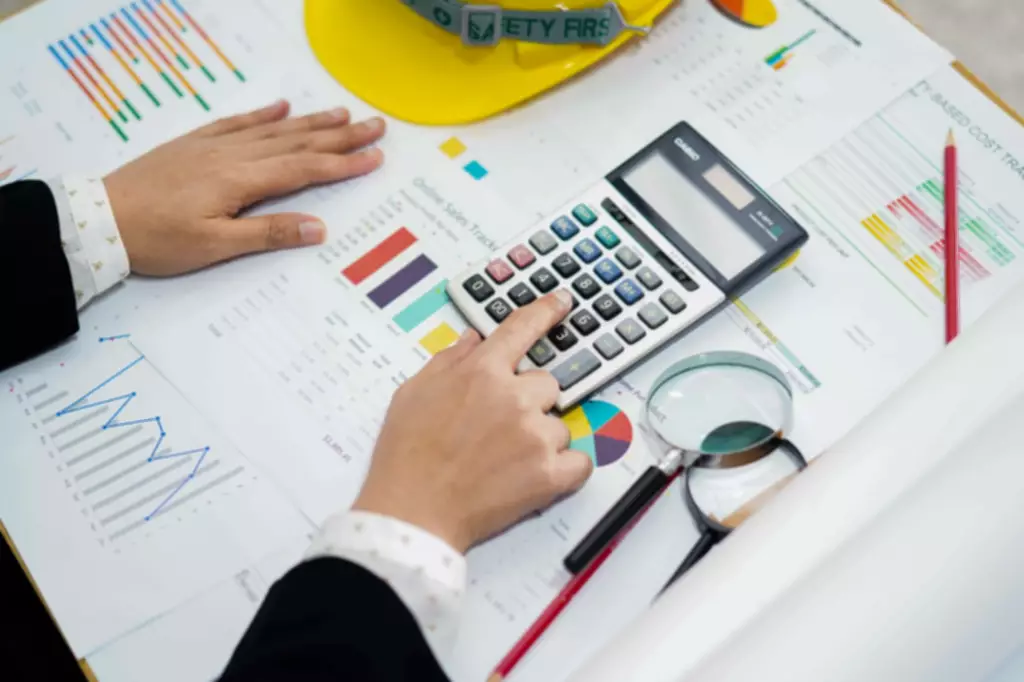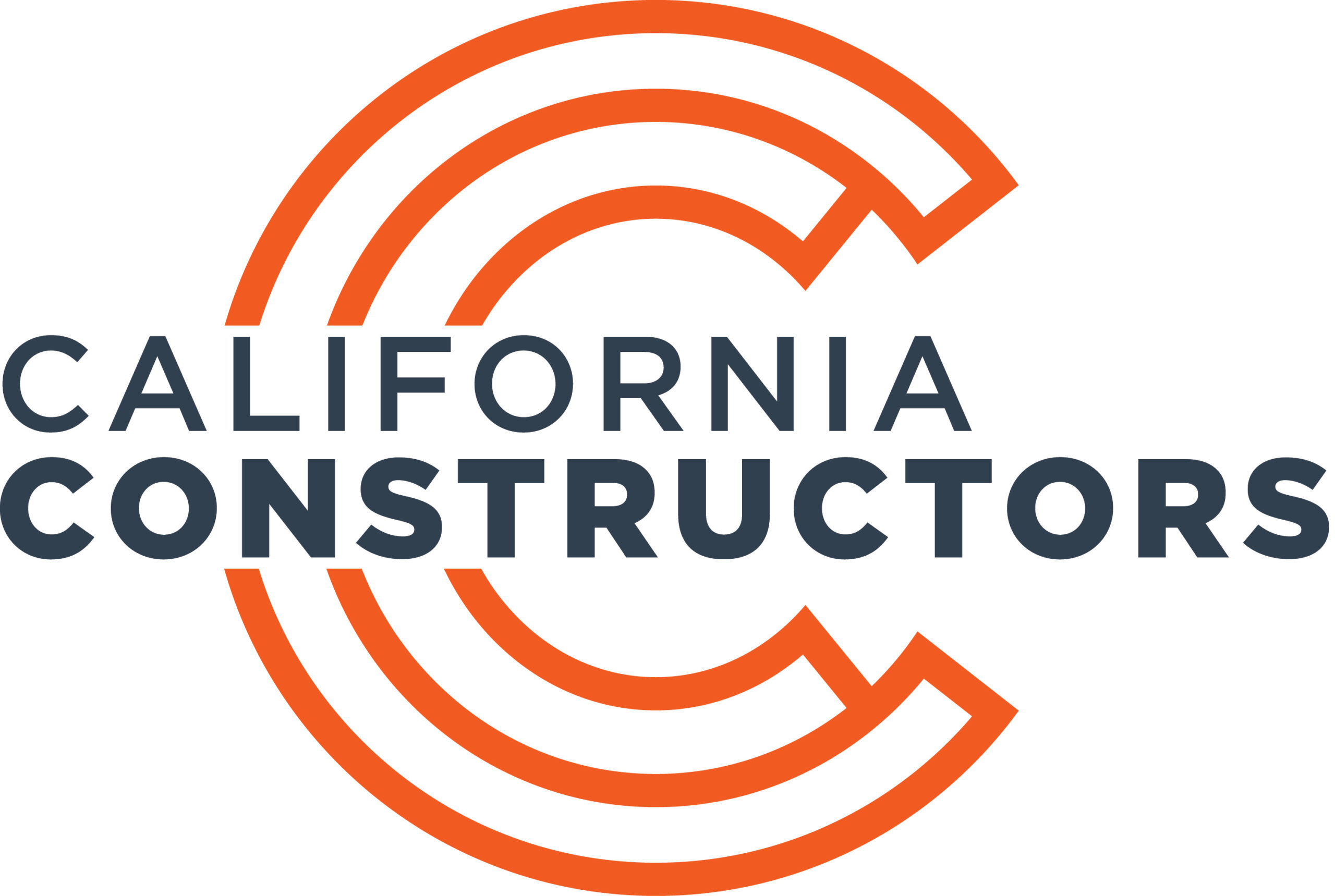What Is Double Declining Depreciation?
Content

This method is more realistic as an asset’s value falls drastically with a slight change in the technological environment. The amount of depreciation is calculated on the asset’s present value, unlike other methods that consider its historical value. Double declining depreciation is helpful for businesses that want to recognize expenses upfront to save taxes. It also matches revenues to expenses in that assets usually perform more poorly over time, so more expenses are recognized when the performance and income is higher. Double declining balance depreciation is a good depreciation option when you purchase an asset that loses more value in its early years.
- It is also useful when the intent is to recognize more expense now, thereby shifting profit recognition further into the future .
- Once you’ve done this, you’ll have your basic yearly write-off.
- Changing the value of “factor” can be accomplished using our Declining Balance Method Depreciation Calculator.
- A vehicle is a perfect example of an asset that loses value quickly in the first years of ownership.
When you file your taxes, you have to predict your annual income. If you use the double-declining https://quickbooks-payroll.org/ balance method, the book value of the assets will change every year.
Switching Depreciation Methods During an Asset’s Lifespan
In that year, the amount to be depreciated will be the difference between the book value of the asset at the beginning of the year and its final salvage value . DDB depreciation is less advantageous when a business owner wants to spread out the tax benefits of depreciation over the useful life of a product. This is preferable for businesses that may not be profitable yet and therefore may not be able to capitalize on greater depreciation write-offs, or businesses that turn equipment over quickly.
In this tutorial we discuss the most popular accelerated method called Double-declining balance. In Straight-line depreciation, the depreciable cost remains the same each year, and the same percentage of the cost is depreciated each year. While the total expense remains the same over the life of the asset, the expenses are timed differently depending on the depreciation method you choose. Because depreciation costs are tax-deductible, you would pay lower income tax in the early years of asset use and higher taxes later on. Double declining balance depreciation is an accelerated depreciation method that can depreciate assets that lose value quickly. If you file estimated quarterly taxes, you’re required to predict your income each year.
How to calculate double declining balance depreciation
The total amount of depreciation for any asset will be identical in the end no matter which method of depreciation is chosen; only the timing of depreciation will be altered. The double declining balance method is one of the four depreciation methods used in fixed asset accounting. Using the DDBD method results in larger depreciation expenses upfront. This means more tax write-offs in the early years of owning an asset. This is useful for assets that lose value quickly and can help offset the cost of assets for which money was borrowed to buy. However, this method is more complicated to calculate than straight line depreciation and as the depreciation expenses for assets go down, tax expenses go up.

In these situations, the declining balance method tends to be more accurate than the straight-line method at reflecting book value each year. Due to the accelerated depreciation expense, a company’s profits don’t represent the actual results because the depreciation has lowered its net income. The best way to explain the double-declining method of depreciation is to look at some simple examples. Through them we’ll see what accounts and journal entries are required, and how to switch depreciation method in the middle of an asset’s life in order to fully depreciate the asset. We’ll also discuss how depreciation affects the Balance Sheet, and more. If new to the concept of depreciation, we recommend reading Depreciation Basics and Straight-line Depreciation.
The benefits of double declining balance
Double declining balance depreciation is an accelerated depreciation method. DDB depreciates the asset value at twice the rate double declining balance method of straight line depreciation. The double-declining-balance method of depreciation is a form of accelerated depreciation.
